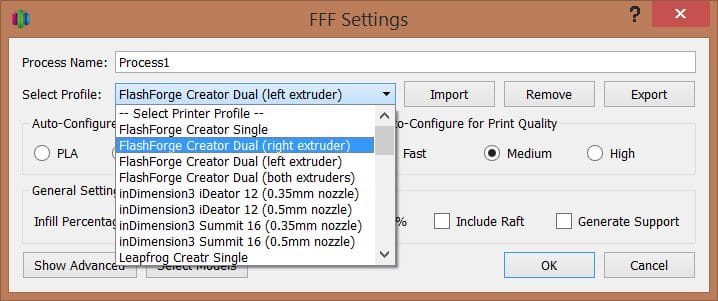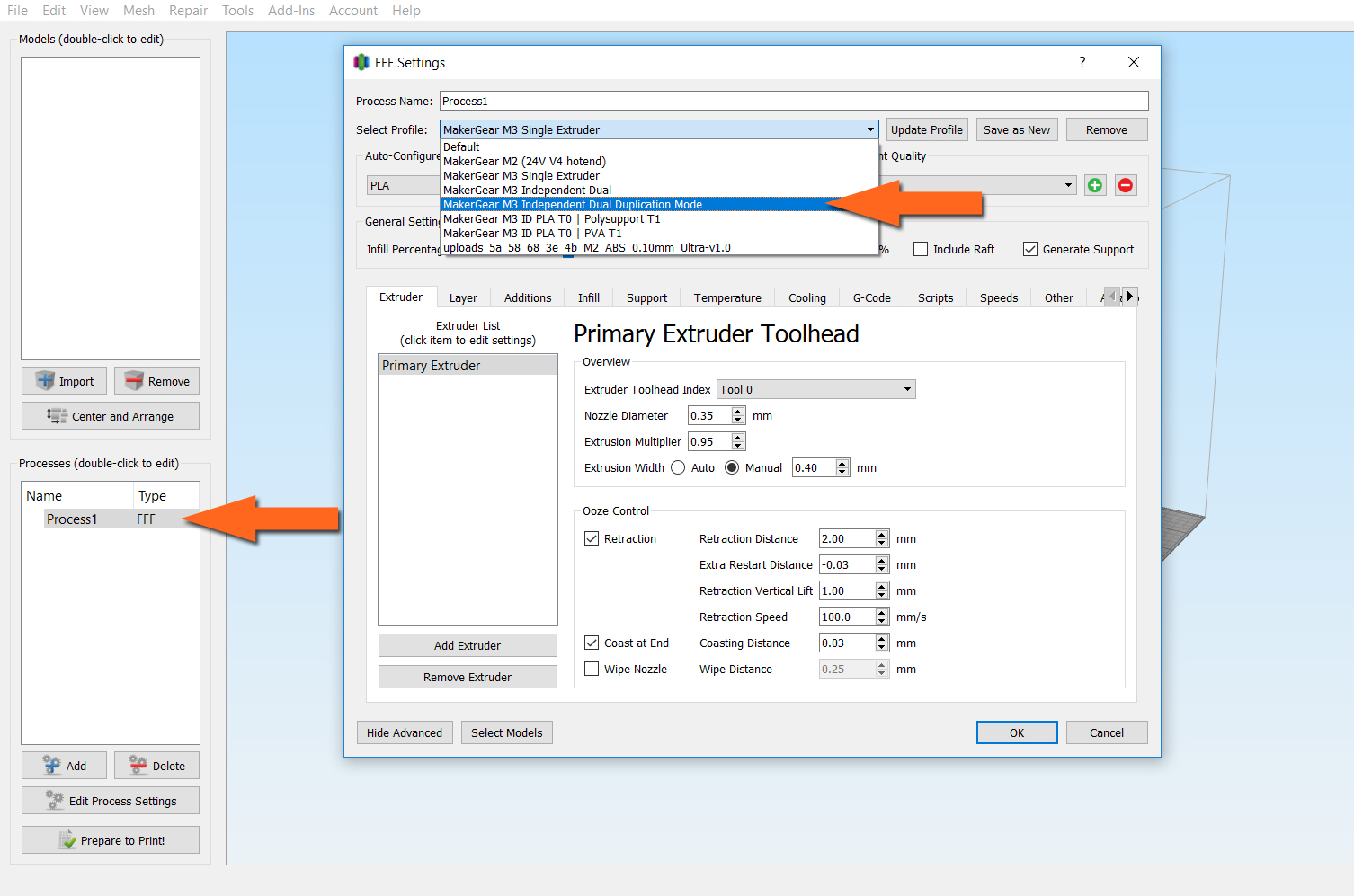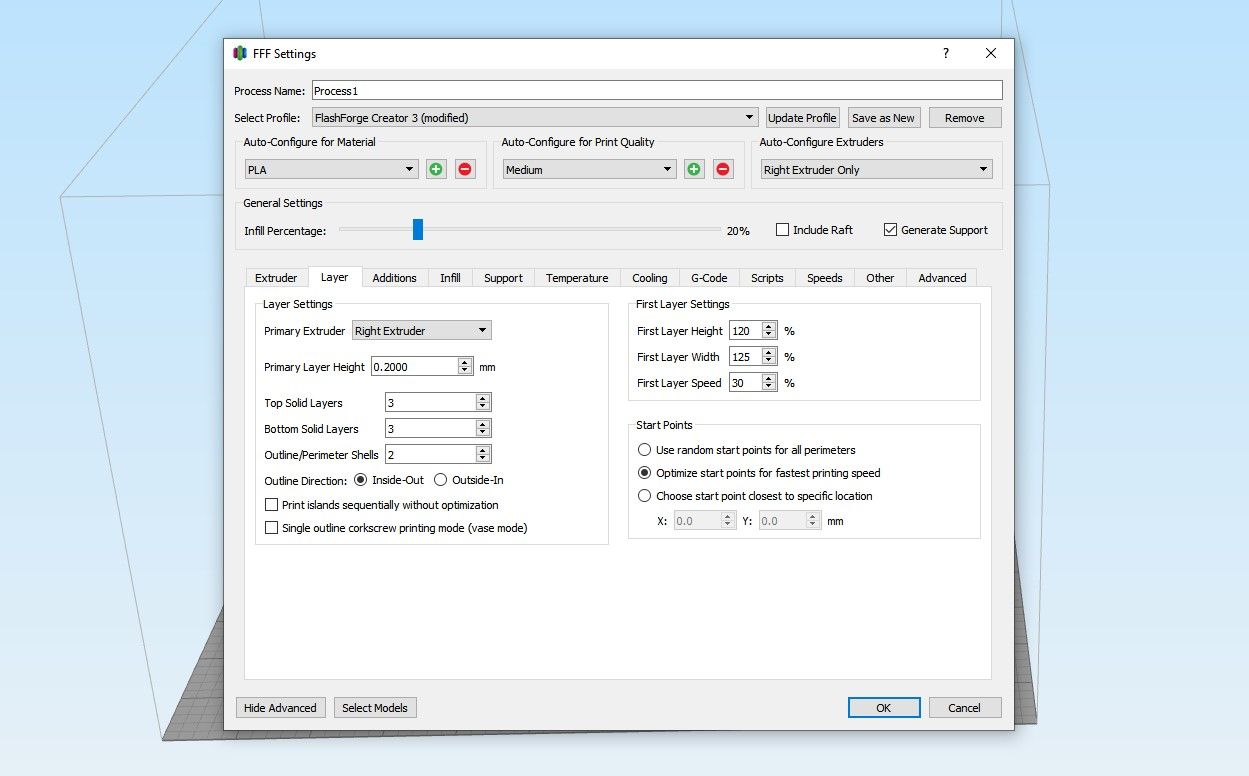

Though higher print speeds can be reached with the Cheetah TPU, we recommend starting out lower to reduce the risk of problems with larger prints and only increasing the speed for lower complexity prints after running a test. This filament does best at the higher end of the recommended nozzle temperatures for TPU filaments. Cheetah TPU has a Shore hardness value of 95A, which allows for printing at higher speeds. Cheetah TPU can be used at print speeds up to 60 mm/s, which rivals common ABS settings. NinjaTek CheetahĬheetah TPU is designed for higher-speed printing while retaining excellent quality. Plus, NinjaTek TPU filaments are widely considered among the best on the market and are often recommended to new makers.

We included two popular NinjaTek filaments to illustrate the settings differences required by different TPU filaments intended for different applications.

Tensile strength: Maximum pressure (MPa) before breaking under tensionĮlongation at break: Maximum length at the break point measured as a percentage of normal lengthĬommon TPU Filament Types, Specs, and Settings NinjaTek NinjaFlex TPU Filament Hardness: Resistance to plastic deformation in terms of a material’s “Shore hardness value,” which is measured by numbers (typically 0–100) and letters (OO, A, D) (e.g., marshmallow: 10A, which is very soft Lego block: 100A, which is hard PVC pipe: 80D, which is extra hard)Įlastic modulus: Resistance to elastic deformation measured in megapascal pressure units (MPa) (for reference, rubber has a modulus of about 1 MPa and ABS plastic has a modulus of 1,000-3,000 MPa) We have provided the descriptions below as a reference.ĭensity: Mass per unit of volume (typically g/cm 3) For the new hobbyist-or print maker who has never worked with TPU before-some of the commonly used terms may be unfamiliar. This article covers some technical specs of common TPU filaments to provide recommended profile settings. Before starting any large, lengthy, or complex prints, we always recommend print a few small test objects to tune your settings. A Bowden setup can also be used but doing so will require more fine-tuning. To produce excellent prints without risking a jam, a direct drive extruder is recommended. The lower printing speeds require to reduce stringing often mean that your prints will take quite a while with TPU, but the durability and flexibility of the resulting object is typically worth it. As such, it requires careful storage in a dry, sealed location to avoid filament damage. It is important to remember that TPU is hygroscopic, meaning that it absorbs moisture from the air. Print temperature and print speed can vary notably depending on the manufacturer, so we cover some essential information from common TPU filament manufacturers below. You do not need a heated bed for TPU prints, but it is highly recommended to ensure proper adhesion. TPU-printed objects exhibit minimal warping and shrinkage. Recommended extruder type: Direct drive or Bowden (requires calibration).Print speed: Around 30 mm/s (manufacturer-dependent).A few great test prints and models that work well with TPU are outlined to get you started. In this guide, we go over the basic profile settings for working with TPU, as well as recommended settings for specific brands. It is considered to have medium-strength and is able to withstand much higher compressive and tensile forces than PLA and ABS.

Though it is among the most popular flexible filament types, TPU is slightly more rigid than similar options, making it easier to extrude and use for high-durability applications. Thermoplastic polyurethane (TPU) filament is a common elastic polymer, or elastomer, which can be used with any FDM 3D printer-granted that you have fine-tuned your settings. This article covers the basics and outlines some quick tips and good test prints to make printing with TPU a little easier. TPU filament is one of the most popular flexible filament choices.


 0 kommentar(er)
0 kommentar(er)
